Table of content
Chinese cuisine is renowned for its diversity, regional flavors, and the ability to transform simple ingredients into comforting, hearty meals. One such dish that embodies this culinary philosophy is 大烩菜 (dà huì cài), a robust and aromatic stew that originated in northern China. Often translated as “big pot stew” or “mixed vegetable hot pot,” this dish is a celebration of textures, colors, and flavors, blending proteins, vegetables, and spices into a single, nourishing bowl. Unlike delicate soups or stir-fries, 大烩菜 is designed to feed crowds, warm bodies in chilly weather, and showcase the art of balancing umami-rich broths with fresh, seasonal produce.
This article will guide you through the process of creating an authentic 大烩菜, from selecting ingredients to mastering the cooking technique. We will explore the dish’s cultural significance, its adaptability to dietary preferences, and the secrets to achieving a broth so flavorful it lingers on the palate. Whether you are a novice cook or a seasoned home chef, this recipe will equip you with the skills to recreate a staple of Chinese home cooking.
The Essence of 大烩菜: A Brief Cultural Overview
大烩菜 traces its roots to the heartland of China, where harsh winters and agricultural traditions shaped culinary practices. Historically, it was a dish born of necessity—a way to stretch limited ingredients into a meal that could nourish an entire family. Farmers and laborers relied on its heartiness to sustain them through long days, while its versatility allowed cooks to incorporate whatever produce was available. Today, it remains a beloved comfort food, often served during festivals, family reunions, or as a centerpiece for communal meals.
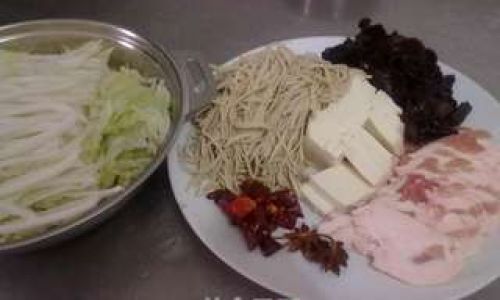
The dish’s name, 大烩菜, reflects its inclusive nature. “大” (dà) means “big” or “grand,” while “烩菜” (huì cài) translates to “stewed dishes.” This nomenclature underscores the stew’s role as a unifier—a medley of ingredients that harmonize in a single pot. Unlike regional hot pots with strict ingredient lists, 大烩菜 encourages creativity. Cooks in Shanxi, Hebei, or Inner Mongolia might emphasize local specialties like lamb or fermented tofu, while urban kitchens might incorporate modern twists like mushrooms or tofu.
Ingredients: Building Blocks of Flavor
The beauty of 大烩菜 lies in its flexibility. While no two recipes are identical, certain ingredients form the dish’s backbone. Below is a breakdown of essential and optional components, along with tips for substitutions.
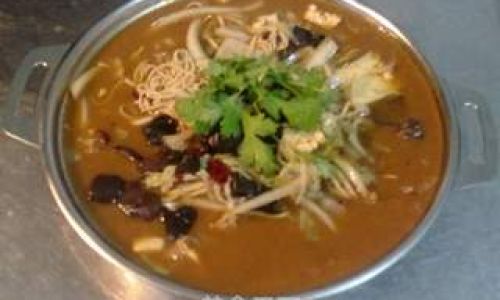
Proteins
- Pork Belly or Bacon: Provides richness and a melt-in-the-mouth texture. For a leaner option, use chicken thighs or beef brisket.
- Tofu: Firm tofu absorbs broth flavors beautifully, while fried tofu puffs add a chewy contrast.
- Meatballs or Fish Balls: Homemade or store-bought, these add protein and a bouncy texture.
- Seafood (Optional): Shrimp, squid, or clams elevate the stew’s luxury factor.
Vegetables
- Cabbage: Napa or green cabbage adds sweetness and volume.
- Potatoes: Russet or Yukon Gold potatoes thicken the broth as they disintegrate.
- Carrots: For natural sweetness and vibrant color.
- Mushrooms: Shiitake, enoki, or wood ear mushrooms contribute earthy depth.
- Tomatoes: Fresh or canned, they add acidity to balance the richness.
- Bell Peppers: For a hint of crunch and freshness.
- Leafy Greens: Spinach, bok choy, or Chinese broccoli wilt beautifully in the broth.
Aromatics and Seasonings
- Garlic and Ginger: Freshly minced for aromatic punch.
- Scallions: White and green parts separated for layered flavor.
- Dried Chilies: Adjust to taste for heat.
- Star Anise and Cinnamon: Warm spices that elevate the broth’s complexity.
- Soy Sauce: Light soy sauce for saltiness; dark soy sauce for color.
- Oyster Sauce: Adds umami and a glossy finish.
- Sesame Oil: A finishing drizzle for nuttiness.
- Cornstarch Slurry: To thicken the broth (optional).
Broth Base
- Chicken or Pork Stock: Homemade or low-sodium store-bought.
- Water: If stock is unavailable, enhance with a bouillon cube.
- Shaoxing Wine: For depth; substitute with dry sherry if needed.
Step-by-Step Cooking Guide
Preparing the Ingredients
- Cut proteins into bite-sized pieces: Pork belly should be sliced ¼-inch thick; tofu into 1-inch cubes.
- Chop vegetables uniformly: Potatoes and carrots into ½-inch dice; cabbage into 2-inch strips.
- Soak dried mushrooms: Rehydrate in warm water for 20 minutes, reserving the liquid for broth.
- Toast spices: In a dry pan, lightly toast star anise and cinnamon until fragrant (1-2 minutes).
Searing the Proteins
- In a heavy-bottomed pot or wok, heat 2 tbsp vegetable oil over medium-high heat.
- Sear pork belly until golden (3-4 minutes per side). Remove and set aside.
- If using bacon, render until crispy; drain excess fat, leaving 1 tbsp in the pot.
Sautéing Aromatics
- Reduce heat to medium. Add minced garlic, ginger, scallion whites, and dried chilies.
- Stir-fry until fragrant (30 seconds), taking care not to burn the garlic.
Building the Broth
- Return seared pork to the pot. Add toasted spices, soy sauces, oyster sauce, and Shaoxing wine.
- Stir to coat, then pour in stock/water and reserved mushroom liquid.
- Bring to a simmer, skimming off any foam. Cover and cook for 30 minutes to meld flavors.
Layering Vegetables
- First layer: Add potatoes and carrots. Simmer for 10 minutes.
- Second layer: Add cabbage, mushrooms, and tomatoes. Simmer for 8-10 minutes.
- Final layer: Stir in leafy greens and meatballs. Cook until wilted (3-5 minutes).
Thickening and Finishing
- If desired, mix 1 tbsp cornstarch with 2 tbsp water. Stir into the stew until thickened.
- Adjust seasoning with salt, pepper, or a splash of vinegar.
- Drizzle with sesame oil and garnish with scallion greens.
Pro Tips for Perfect 大烩菜
- Layering is Key: Add dense vegetables first to prevent overcooking delicate greens.
- Balance Flavors: Taste and adjust seasonings mid-cook—add sugar if the broth is too acidic, or more soy sauce for saltiness.
- Embrace Leftovers: 大烩菜 improves overnight as flavors meld. Reheat gently and add fresh herbs before serving.
- Vegetarian Adaptation: Use vegetable stock, omit meat, and add extra tofu or mushrooms.
- Spice Level: For heat, add Sichuan peppercorns or chili oil at the end.
Serving Suggestions
大烩菜 is traditionally served family-style, with diners helping themselves from a communal pot. Pair it with:
- Steamed Rice: To soak up the flavorful broth.
- Hand-Pulled Noodles (La Mian): Added directly to the stew for a heartier meal.
- Pickled Vegetables: For a tangy contrast.
- Chinese Fried Dough (You Tiao): Dipped into the broth for a crispy texture.
The Philosophy Behind 大烩菜
Beyond its culinary appeal, 大烩菜 embodies the Chinese value of harmony (和, hé). Each ingredient retains its identity while contributing to a greater whole—a metaphor for community and collaboration. In an era of fast-paced living, this dish invites us to slow down, share a meal, and savor the simple joy of nourishing both body and soul.
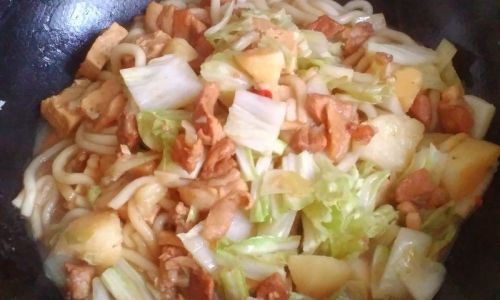
Conclusion
Mastering 大烩菜 is less about rigid adherence to a recipe and more about understanding the interplay of flavors, textures, and traditions. Whether you follow this guide precisely or use it as a launchpad for your own culinary experiments, the result will be a steaming pot of comfort that transcends borders. So gather your ingredients, invite loved ones to the table, and let the aromas of ginger, garlic, and simmering broth fill your kitchen—a testament to the timeless art of Chinese home cooking.


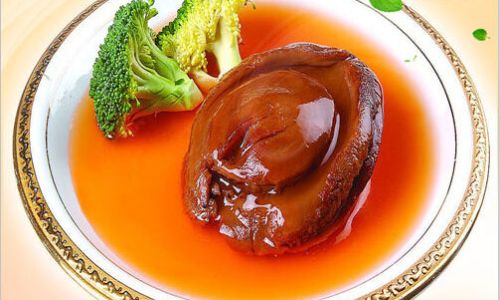
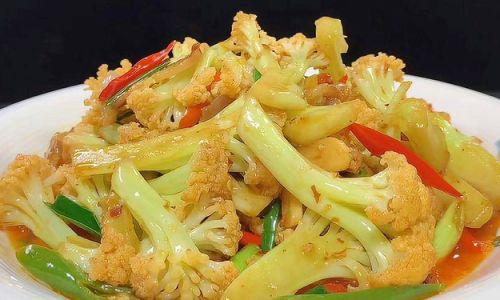
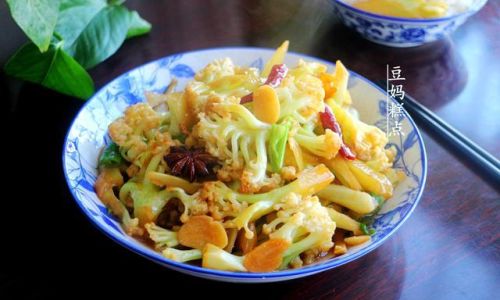
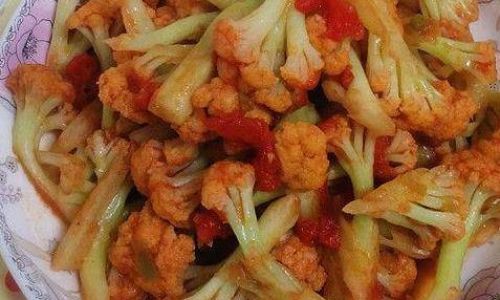
0 comments